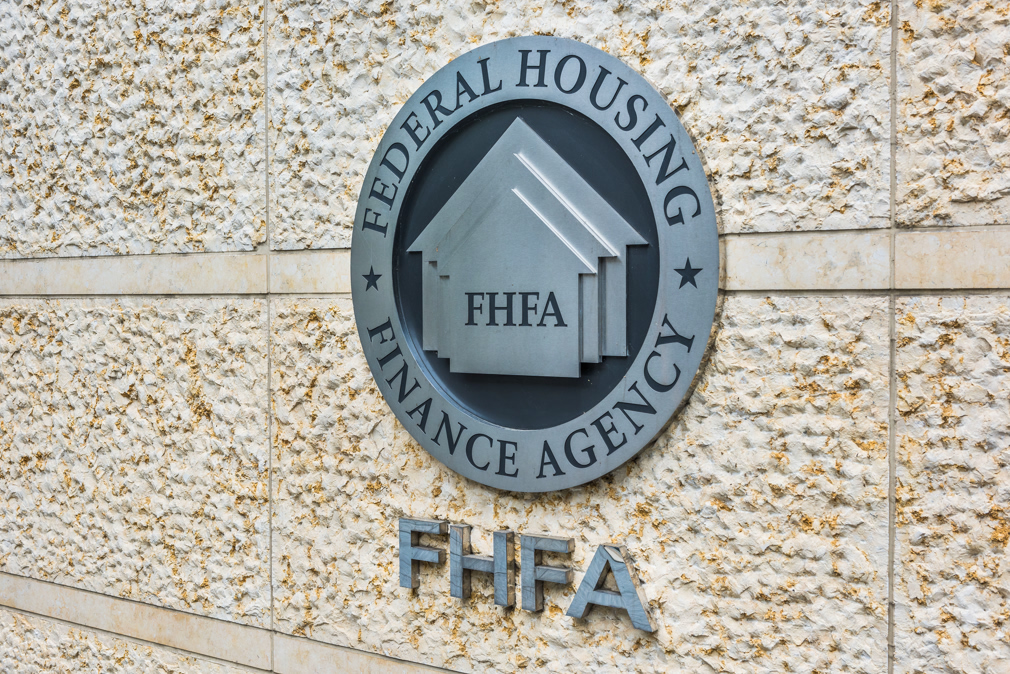The watchdog for Fannie Mae and Freddie Mac is interviewing Wall Street firms to handle a public offering of the shares of the nation’s two largest mortgage financiers that would dwarf any IPO in history, Fox News reports.
The Federal Housing Finance Agency has been interviewing “a handful” of Wall Street investment banks, Fox said, citing anonymous sources directly involved in the process.
“Winning the adviser appointment would be a coveted one – and potentially lucrative given the size of the offering, somewhere between $150 billion and $200 billion, government officials have told possible investment advisers,” the Fox article said.
In comparison, the largest IPO in history was Saudi Aramco, the Saudi Arabian government’s petroleum and natural gas company. It raised $25.6 billion on Dec. 5, beating Alibaba’s $25 billion IPO in 2014.
For the record, offering shares of Fannie Mae and Freddie Mac technically wouldn’t be “initial public offerings,” because Fannie Mae began trading on the New York Stock Exchange in 1968, and Freddie Mac began trading on the same exchange in 1989.
The “offering” would be the 80% of Fannie Mae and Freddie Mac held by the federal government since 2008.
The main reason for the shaky finances that prompted the takeovers were investments in private-label subprime mortgage bonds, containing loans that didn’t qualify to be backed by the two companies but were bought as a way to fulfill their Congressional mandate to invest in affordable housing.
Shares of the companies once traded above $68 and were considered as safe as U.S. Treasuries because of an implied government backing. They were kicked off the NYSE after their government takeovers and became penny stocks. In November 2008, you could have bought a share of Fannie Mae for 54 cents. Today, it would cost around $3.
Prior to Fannie Mae’s creation by Congress in 1938 as part of President Franklin Delano Roosevelt’s “New Deal,” someone who wanted to buy a home had to pass the muster of local banks who knew they would be holding the mortgage, and the risk, for the life of the loan.
With Fannie Mae, bankers could make loans that met the conservative – but not ultra-conservative – standards set by the government and sell them to Fannie Mae to be packaged into mortgage bonds that were sold to private investors. That off-loading of risk created a liquid mortgage market that former Federal Reserve Chairman Alan Greenspan and others would later call “the envy of the world.”
The collapse of the financial system in 2008 was caused by subprime mortgages that didn’t meet Fannie Mae and Freddie Mac standards. After subprime defaults caused a panic on Wall Street, which had reaped huge profits from pushing the risky private-label loans, the damage spread throughout the economy.
Loans backed by Fannie Mae and Freddie Mac began defaulting later when massive job losses meant people with more conservative loans couldn’t pay their monthly bills and couldn’t sell their homes because the real estate market was in freefall.






